

IBM Watson Video AI is a powerful suite of intelligent video solutions designed to enhance organizational efficiency, engagement, security, and intelligence. With the ability to automatically identify and analyze visual content, IBM Watson Video AI provides businesses with cutting-edge technology that can help them make better-informed decisions and streamline operations across a range of industries. Whether you're looking to optimize your security systems, improve customer engagement, or gain deeper insights into your business processes, IBM Watson Video AI has the tools you need to succeed.
U-Net is a revolutionary deep learning model that has been widely used for image segmentation. The model has gained popularity due to its ability to accurately segment images, making it an essential tool in fields such as medical imaging, robotics, and autonomous driving. U-Net has received attention from researchers and developers for its remarkable performance, and its architecture has become a benchmark for many image segmentation tasks. This introduction aims to provide insight into the U-Net model, its architecture, and its applications.
ViSenze is an innovative platform that combines AI technology with image search and recognition. It has revolutionized the way people search for images, making it easier to find what they are looking for quickly and efficiently. ViSenze's advanced algorithms allow users to search for images using keywords, visual similarity, and other criteria, providing accurate results that match their preferences. With ViSenze's AI-based image search and recognition, businesses can improve customer engagement, increase sales, and enhance the user experience.
Google Vision is a game-changing cloud service that utilizes the power of Machine Learning to recognize and analyze objects, faces, explicit content, and labels in images. With its cutting-edge technology, this innovative service provides developers with an easy-to-use platform for creating highly intelligent applications that can automatically identify and understand visual content. Whether you are building an e-commerce site that needs to tag products or a social media app that requires facial recognition, Google Cloud Vision makes it possible to integrate highly advanced image analysis features into your application, without having to invest in expensive hardware or software.
IBM Watson Vision AI is a powerful tool that enables users to analyze images and videos in order to extract detailed information. This technology utilizes computer vision technologies that allow for the identification of objects, people, text, scenes, and activities within visual content. With its advanced capabilities, IBM Watson Vision AI offers a wide range of applications for businesses, researchers, and developers alike. Whether it's analyzing customer behavior, conducting research, or developing new products, this cutting-edge technology has the potential to revolutionize the way we interact with visual data.
IBM Visual Recognition is an innovative technology that utilizes Artificial Intelligence (AI) to analyze and classify objects in images. This technology can detect and recognize various objects within images, including faces, vehicles, animals, and more. Additionally, IBM Visual Recognition has the ability to moderate objectionable content, making it an essential tool for content moderation and ensuring a safe online experience for all users. With its advanced capabilities, IBM Visual Recognition has become a valuable asset for businesses, organizations, and individuals who require accurate and efficient image analysis.

Opera
Browser with Built-in VPN
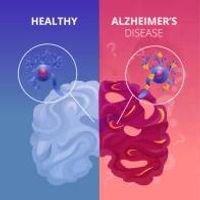
GPT-3 Alzheimer
Predicting dementia from spontaneous speech using large language models | PLOS Digital Health
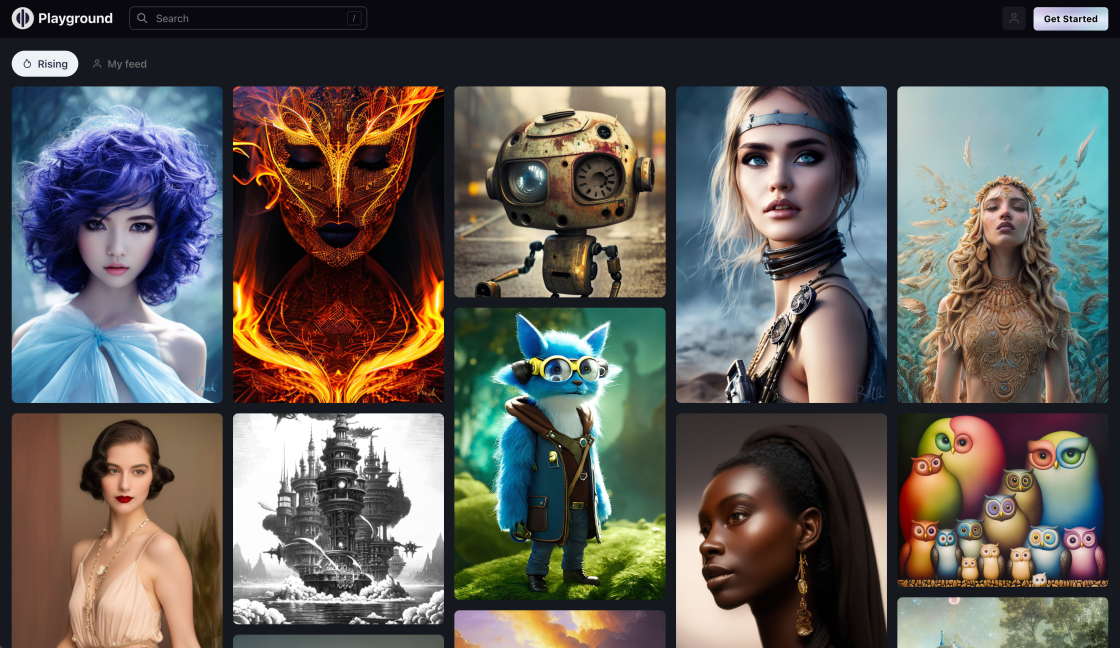
PlaygroundAI
A free-to-use online AI image creator
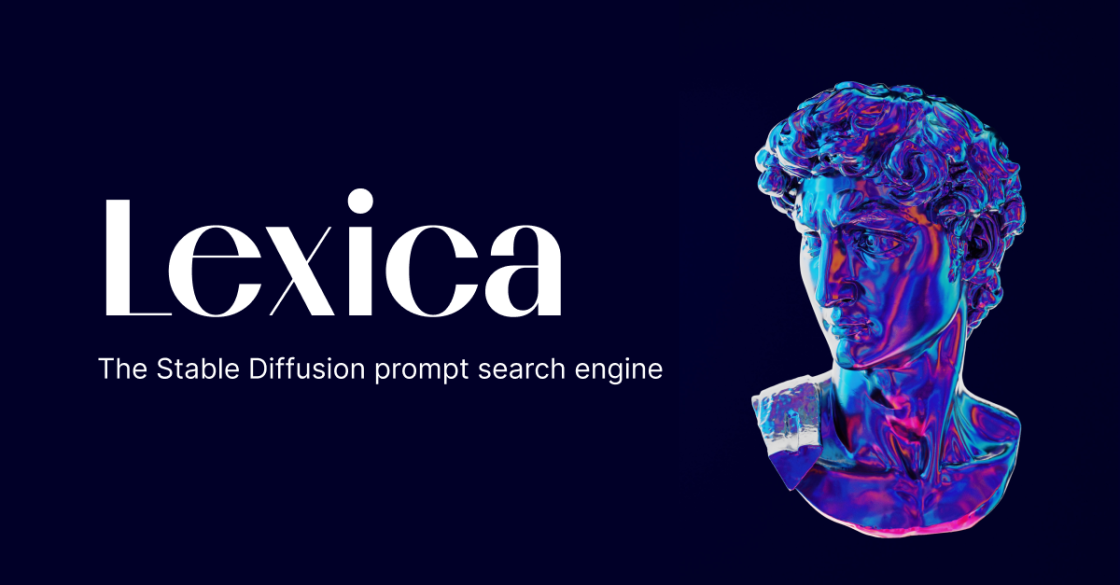
Lexica
The Stable Diffusion search engine.
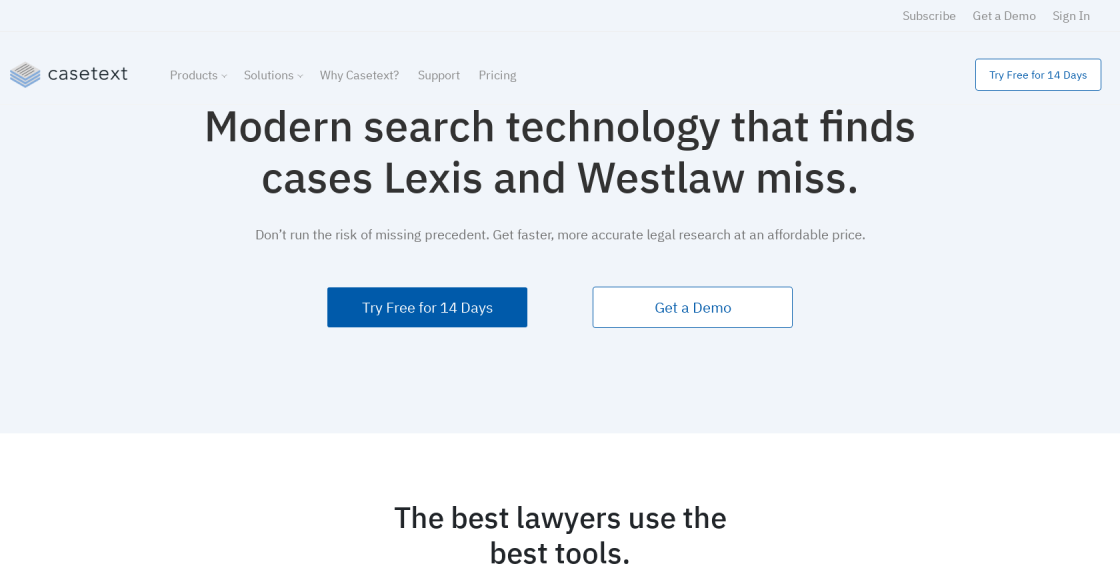
Casetext
AI-Powered Legal Research
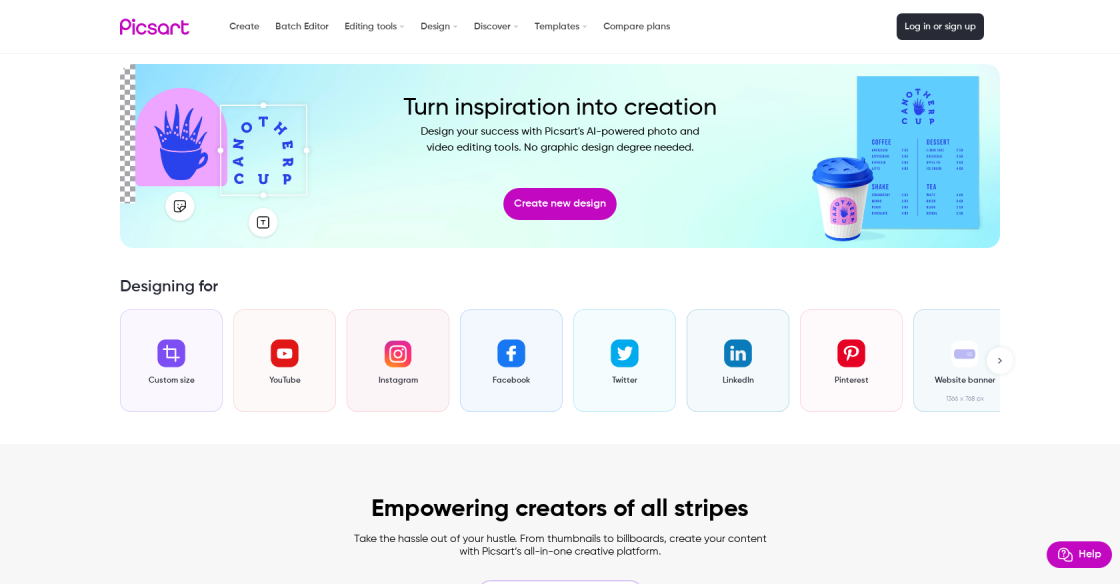
Picsart
AI Writer - Create premium copy for free | Quicktools by Picsart
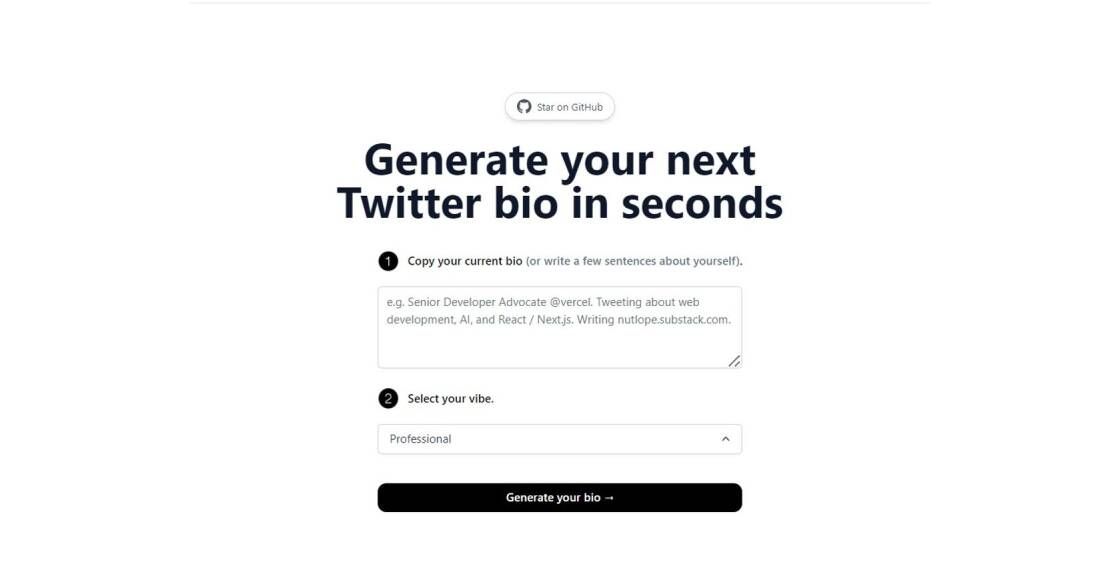
TwitterBio
AI Twitter Bio Generator – Vercel
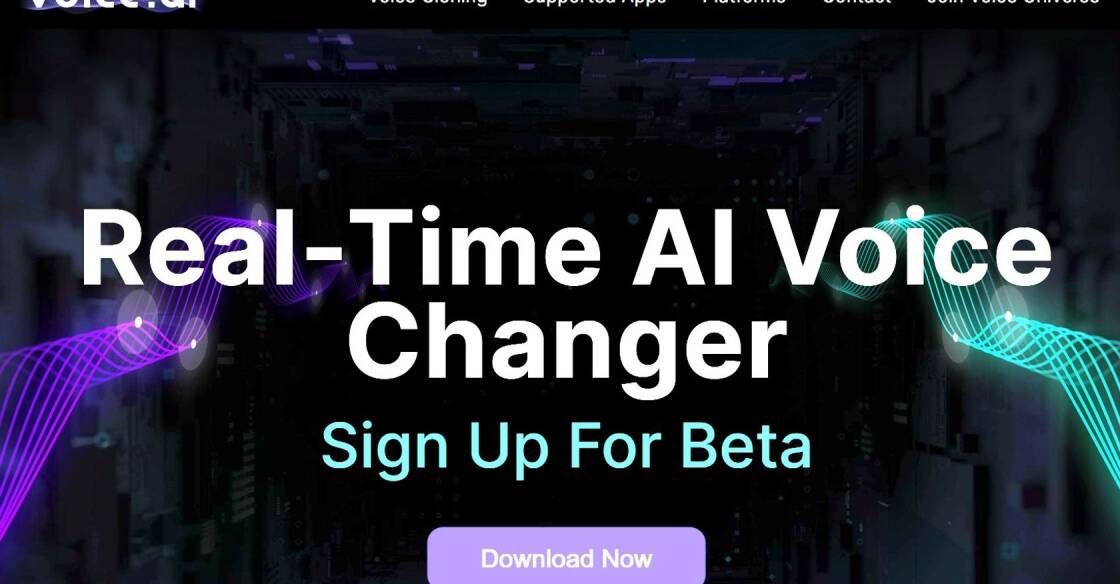
Voice-AI
Voice Analysis and Optimization
Clarifai Vision is an artificial intelligence (AI)-powered image recognition platform that utilizes cutting-edge technologies to analyze and understand visual content. The platform, which was founded in 2013 by Matthew Zeiler, is designed to help businesses leverage the power of AI to automate image and video analysis, reduce human error, and improve overall productivity. Clarifai Vision uses deep learning algorithms to identify objects, people, places, and other visual elements in images and videos, making it ideal for a variety of applications, including image search, facial recognition, and content moderation. With its powerful combination of accuracy, speed, and scalability, Clarifai Vision has become one of the most popular image recognition platforms in the world, trusted by companies across various industries, including retail, healthcare, and media. In this article, we will explore the features and benefits of Clarifai Vision and how it can help businesses achieve their goals through the power of AI-powered image recognition.
Clarifai Vision is an AI-powered image recognition platform that enables users to build and deploy custom computer vision models.
It uses machine learning algorithms to analyze and tag images, and then categorizes them based on the visual content. Users can train their own models using their own data or pre-existing models, and then use those models to label and categorize new images.
The benefits of using Clarifai Vision include faster and more accurate image recognition, improved efficiency for businesses, and the ability to customize models to suit specific needs.
Yes, Clarifai Vision can be used for video recognition as well as image recognition.
Yes, Clarifai Vision has APIs and SDKs that make it easy to integrate into existing systems and workflows.
Clarifai Vision's image recognition accuracy depends on a variety of factors, including the quality and quantity of data used to train the model. However, it has been shown to achieve high levels of accuracy in many applications.
Industries that can benefit from using Clarifai Vision include retail, healthcare, manufacturing, and transportation, among others.
Yes, Clarifai Vision can be used for object detection, which is the process of identifying and locating objects within an image or video.
Clarifai Vision takes privacy concerns seriously and offers options for users to keep their data private and secure.
Clarifai Vision offers a user-friendly interface and documentation to help users get started, but some technical expertise may be required for more advanced customization and integration.
| Competitor | Description | Key Features | Pricing |
|---|---|---|---|
| Google Cloud Vision API | Google's AI-powered image recognition platform | Label detection, face detection, OCR, image analysis | Pay as you go |
| Amazon Rekognition | Amazon's AI-powered image and video analysis platform | Object and scene detection, facial analysis, text detection | Pay as you go |
| Microsoft Azure Computer Vision | Microsoft's AI-powered image recognition platform | Image analysis, OCR, facial detection and analysis | Pay as you go |
| IBM Watson Visual Recognition | IBM's AI-powered image recognition platform | Custom training, object detection, image tagging | Pay as you go |
Clarifai Vision is an AI-powered image recognition platform that is used by businesses to automate their visual recognition tasks. It is designed to identify and classify objects in images, videos, and live video streams with high accuracy and speed. Here are some things you should know about Clarifai Vision.
1. How it works: Clarifai Vision uses deep learning algorithms to analyze images and videos in real-time. It can recognize objects, scenes, and concepts in images and videos and provide a detailed description of each object. The platform uses a combination of convolutional neural networks (CNN) and recurrent neural networks (RNN) to process and analyze visual data.
2. Applications: Clarifai Vision can be used in various applications such as retail, e-commerce, security, and healthcare. In retail, it can help businesses with inventory management, product recommendations, and personalized shopping experiences. In e-commerce, it can assist with product categorization, search, and visual recommendations. In security, it can provide real-time surveillance and threat detection. In healthcare, it can help with disease diagnosis, medical imaging analysis, and patient monitoring.
3. Accuracy: Clarifai Vision has a high accuracy rate in image recognition. Its advanced algorithms can detect objects and scenes with an accuracy of over 90%, making it one of the most accurate image recognition platforms available.
4. Customization: Clarifai Vision allows businesses to customize their image recognition models to suit their specific needs. They can train the platform to recognize specific objects or concepts that are relevant to their business. This customization feature helps businesses to achieve higher accuracy rates and better results.
5. Integration: Clarifai Vision can be easily integrated into existing business applications and workflows. It provides APIs and SDKs for easy integration with popular programming languages such as Python, Java, and Ruby. The platform also supports integration with popular cloud platforms such as Amazon Web Services and Google Cloud Platform.
In conclusion, Clarifai Vision is a powerful AI-powered image recognition platform that can help businesses automate their visual recognition tasks. With its high accuracy rates, customization features, and easy integration, it is a valuable tool for businesses looking to improve their productivity and efficiency.
TOP